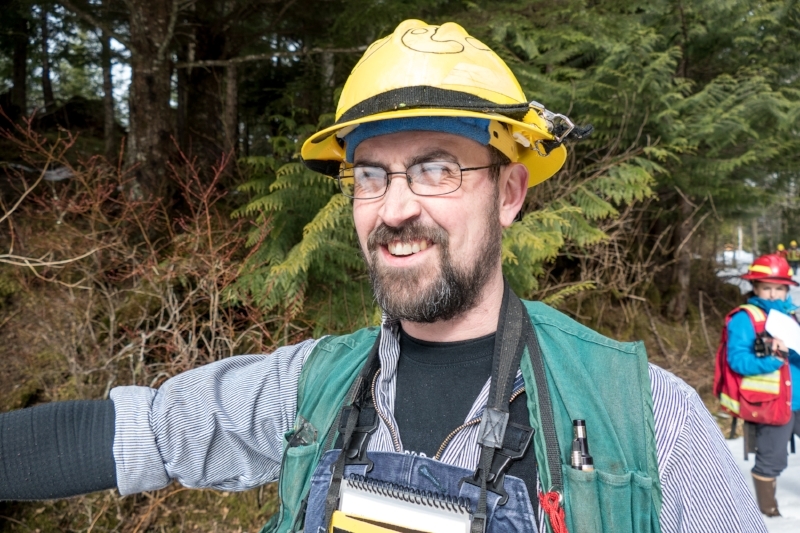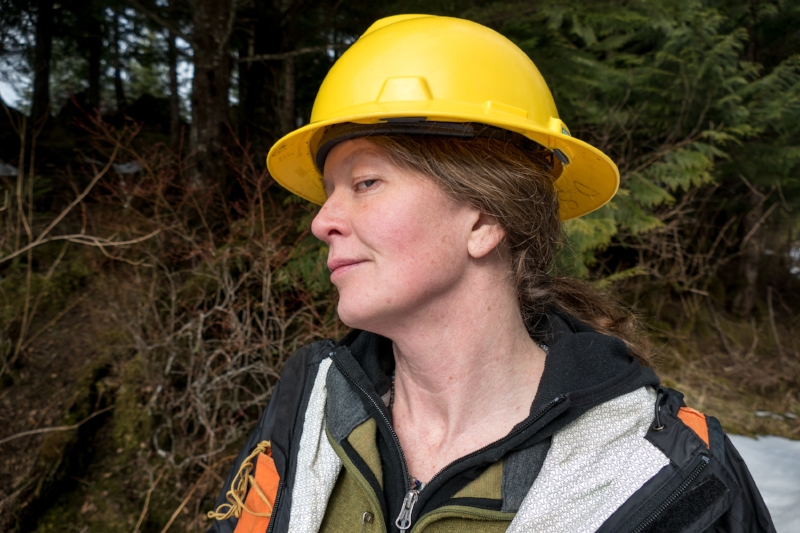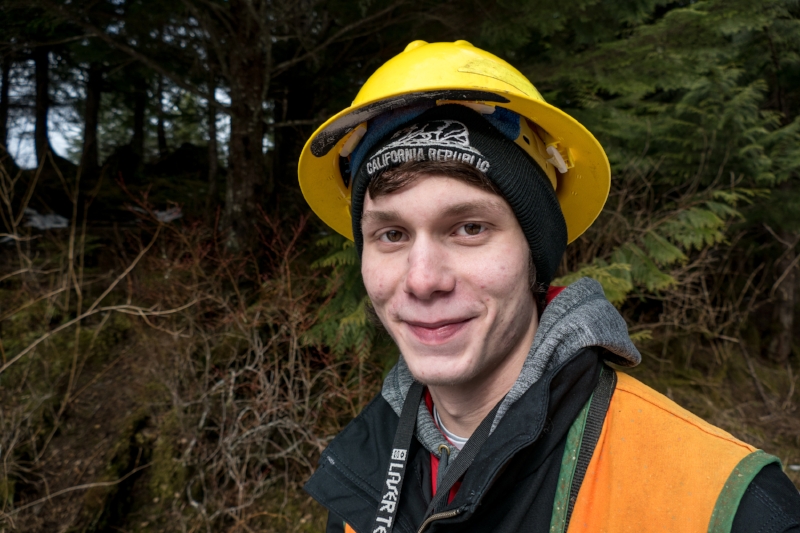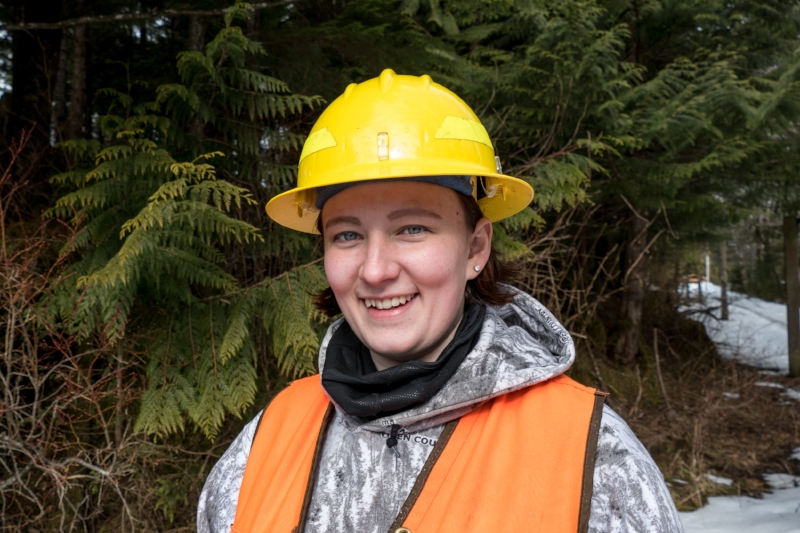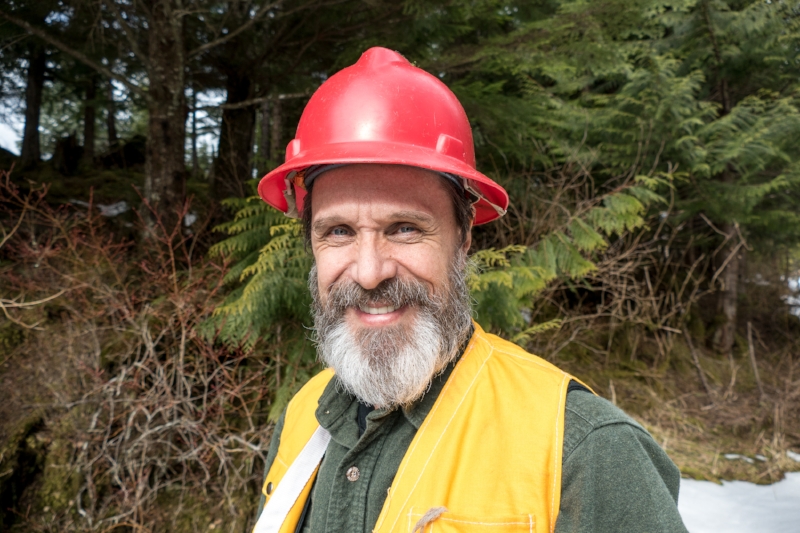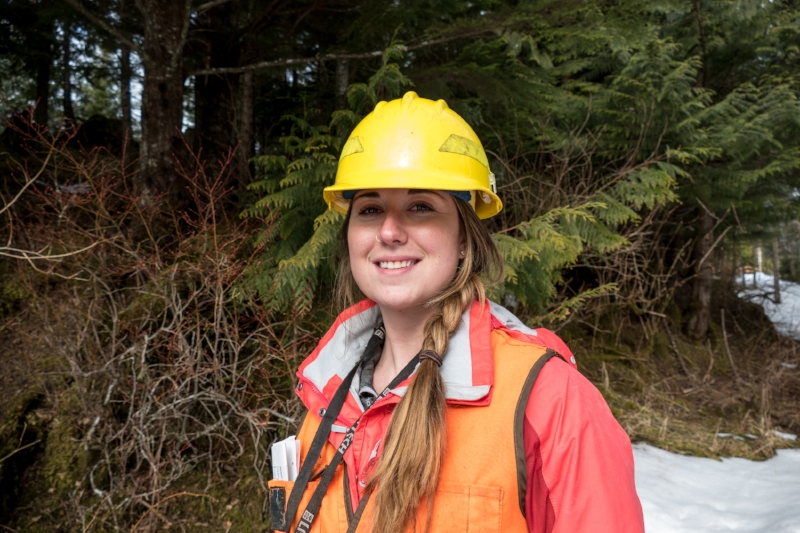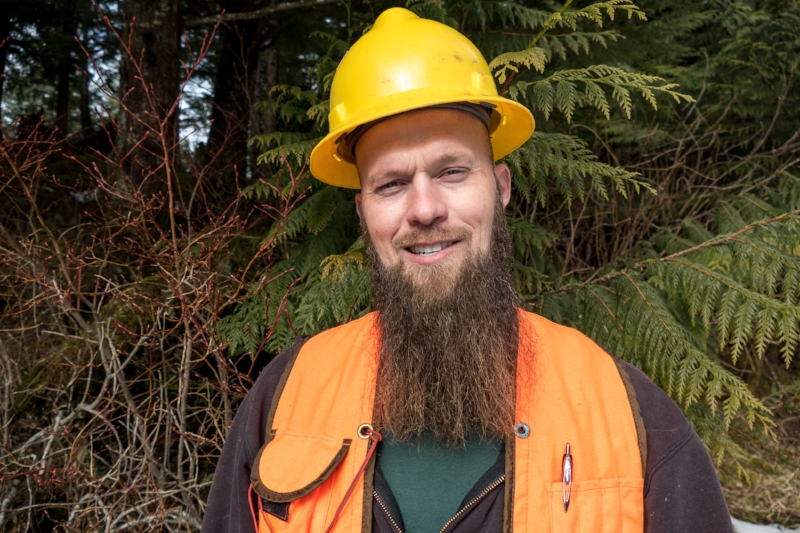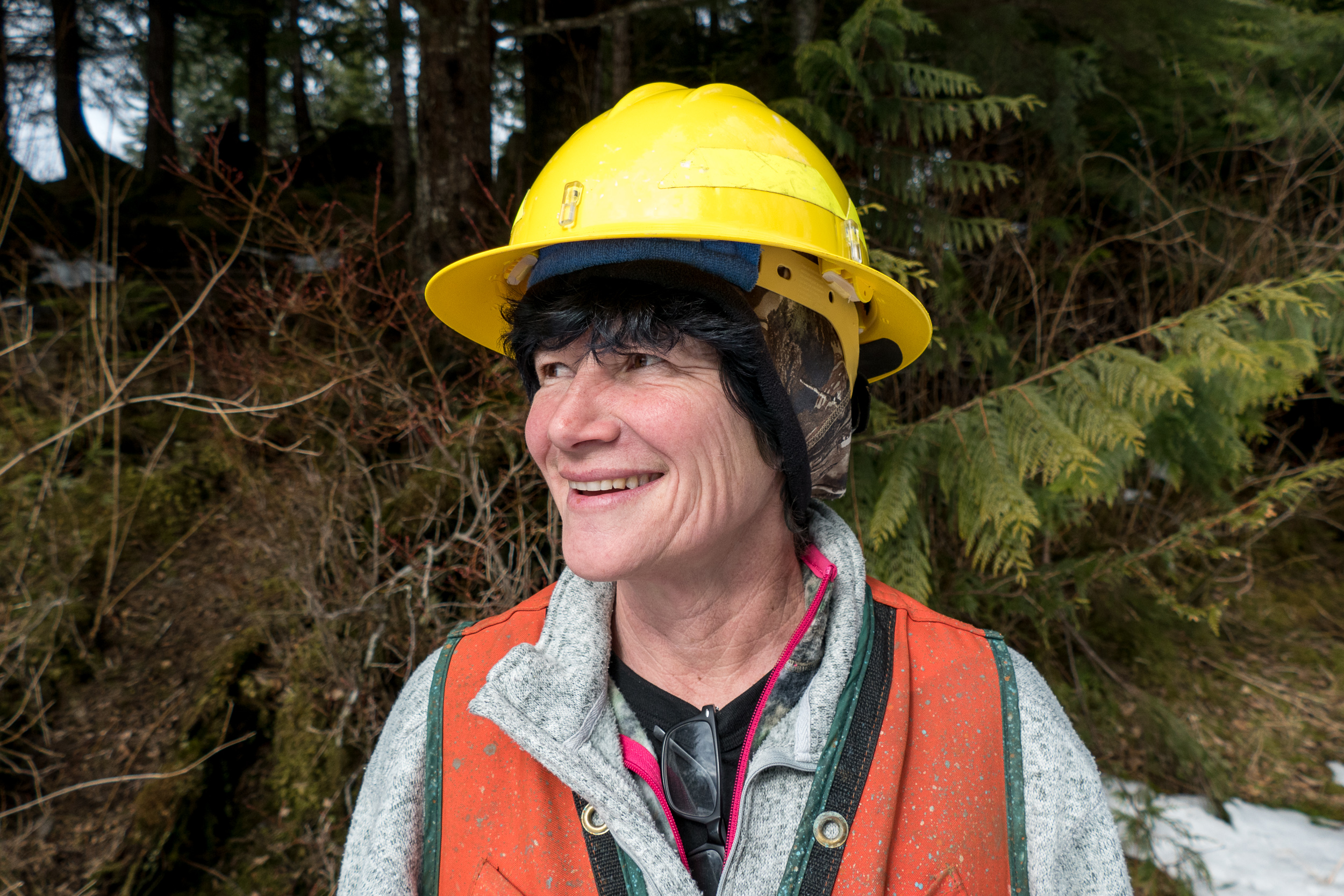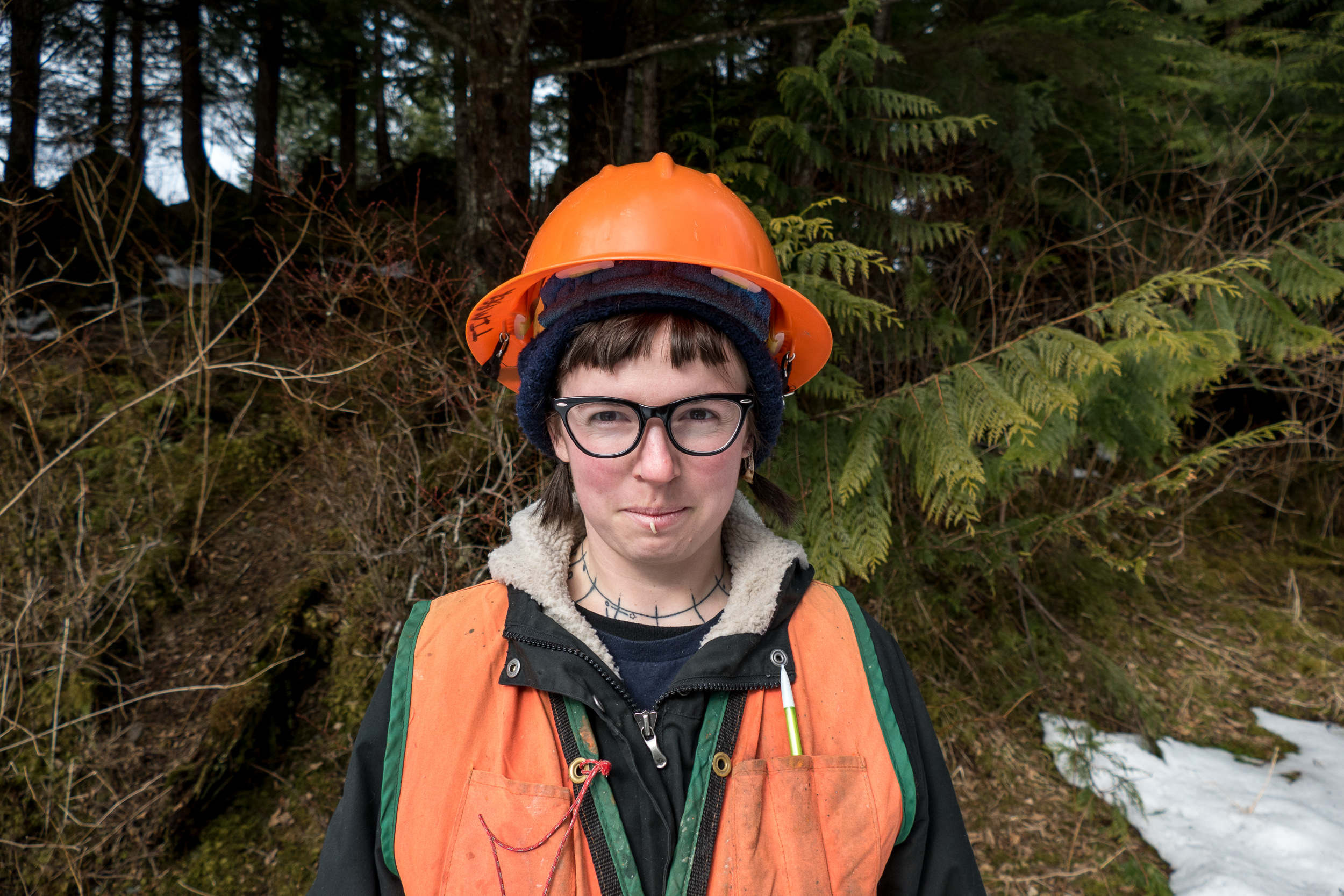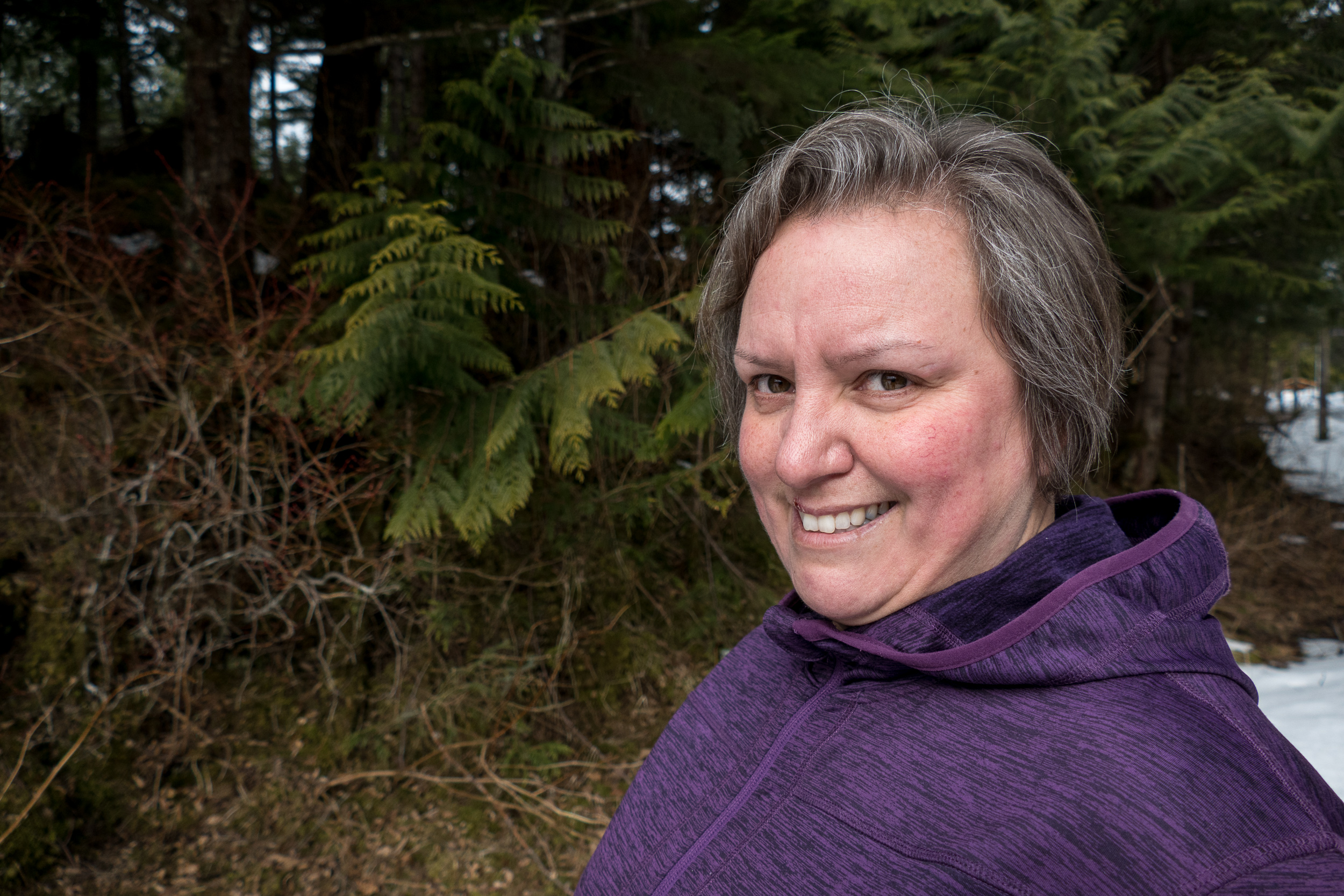On March 23, Congress finally passed the Consolidated Appropriations Act (or Omnibus) for FY 2018. A long-sought fire funding fix was included within the Omnibus, as well as a few forest management policy changes and a two-year extension of Secure Rural Schools funding. In addition, the Omnibus carried funding increases for many programs that RVCC supports, putting us in a better position to advocate for stable funding moving into the next fiscal year.
RVCC is pleased to see a bipartisan, broadly supported solution to fire funding after years of work on the issue. These changes should help to ensure more stable budgets in programs that proactively work to reduce conditions that result in uncharacteristically severe wildfire. We look forward to working with Congress as they begin to craft the FY 2019 budget and we will continue to communicate the value of the many important programs our partners rely on.
Fire Funding Fix
The Consolidated Appropriations Act included a comprehensive fire funding fix, formally called the Wildfire and Disaster Funding Adjustment, found in Division O of the Act. The wildfire funding fix locks in fire suppression budgets at the FY 2015 10-year average ($1.011 billion for USFS; $384 million for DOI) and allows agencies to pay additional suppression costs under a disaster cap. The disaster cap starts at $2.25 billion and incrementally increases to $2.95 billion by FY 2027.
This is a 10-year agreement, beginning in FY 2020 and running through FY 2027. Before FY 2020, fire suppression will follow the current funding process, although an additional $500 million for suppression was allocated for FY 2018 and is expected for FY 2019 as well.
Importantly, this agreement does not allow agencies to access disaster funds indiscriminately. Rather, agencies must make a budget request for both the baseline FY 2015 funding level and forecasted excess need to be paid under the disaster cap. Should costs exceed this estimate, Congress will need to approve the use of additional funds under the disaster cap. Furthermore, the agreement does not formally end the practice of “fire borrowing,” which could still occur in the event that suppression costs exceed the disaster cap. For reference, the cost of the FY 2017 wildfire season exceeded $2 billion.
Forest Management Changes
A number of forest management changes were also included in Division O of the Omnibus. These include new Categorical Exclusions (CEs), extended stewardship contracts, changed rules for Endangered Species Act consultation (related to the Ninth Circuit Cottonwood decision), and inclusion of road work in the Good Neighbor Authority.
Categorical Exclusions: The Act establishes new 3,000 acre Categorical Exclusions for hazardous fuels reduction projects in areas already designated as at-risk for insects and disease under the 2014 Farm Bill. This CE also includes a provision requiring that it either be used in the Wildland-Urban Interface (WUI) or only in high-risk areas outside of the WUI (Condition Classes 2 or 3 in Fire Regime Groups I, II, or II). The new CEs, like previous Healthy Forest Restoration Act CEs, require a collaborative process be used.
Stewardship Contracting: The Act extends the maximum duration of stewardship contracts to 20 years. It also includes a new preference for contractors that promote an innovative use of forest products, including cross-laminated timber. The Omnibus also changes cancellation ceilings by allowing them to be obligated in stages, ameliorating the burden of carrying the entire cancellation ceiling in a single annual budget.
Consultation: In response to the Ninth Circuit Cottonwood decision, the Act addresses existing land management and Endangered Species Act consultation. Newly listed species will no longer require an immediate revision of a land management plan for specific projects to move forward. Rather, agencies will have 5 years to revise existing plans to reflect the new listing, and projects are permitted within that time frame, although they are halted after five years if the plan revision is not complete. Changes to consultation requirements are also applied to Bureau of Land Management O&C lands, but not to other Department of Interior lands.
Good Neighbor: The Omnibus amends the Good Neighbor Authority to include road reconstruction, repair, and restoration in the list of permitted activities.
Secure Rural Schools
The 2018 Omnibus includes a 2-year reauthorization of the Secure Rural Schools program (SRS), which retroactively covers FY 2017 and current FY 2018. Funding levels for FY 2017 are set at 95 percent of FY 2015 and FY 2018 is set at 95 percent of FY 2017. An important change to SRS is the inclusion of language allowing counties to use funds to pay for law enforcement patrols, a move that should help counties pay for costs incurred through search and rescue operations on federal land.
FY2018 Appropriations
An increased budget cap in the Omnibus resulted in small increases or level funding for programs of interest to RVCC. Overall, the Forest Service received a modest budget increase of $338 million (about 5.7%) over FY 2017.
Many Forest Service branches received increased budgets, including Research and Development (up $8.5 million), State and Private Forestry (up $106.6 million), and the National Forest System (up $410.4 million). These increases mask some reorganizations within organizations, particularly Hazardous Fuels moving to the NFS branch (see below). The Collaborative Forest Landscape Restoration Program received flat funding relative to FY 2017 and the continuing resolution for FY 2018, staying at $40 million. The Forest Products line item received a slight decrease in funding (down $1.8 million). Look for the RVCC Appropriations position paper being distributed for sign-on the second week in April for a line-by-line breakdown.
The Omnibus also reorganized some programs within the Forest Service, including moving National Fire Capacity and Rural Fire Capacity to State and Private Forests, and moving Hazardous Fuels to the National Forest System. The Omnibus does not block broader USDA reorganization, which has been proposed by the Secretary of Agriculture. The Secretary has proposed removing the position of Undersecretary for Rural Development, as well as moving the Natural Resource Conservation Service to the Farm Production and Conservation mission area.
The Farm Bill Conservation Stewardship Program (CSP) and Environmental Quality Incentives Program (EQIP) are both funded at full mandatory levels, which represents an increase over FY 2017 and FY 2018 continuing resolution levels. This also means the Regional Conservation Partnership Program (RCPP) will receive full funding, as it derives funding from both CSP and EQIP. The Rural Energy Assistance Program is also funded at the full mandatory level.



